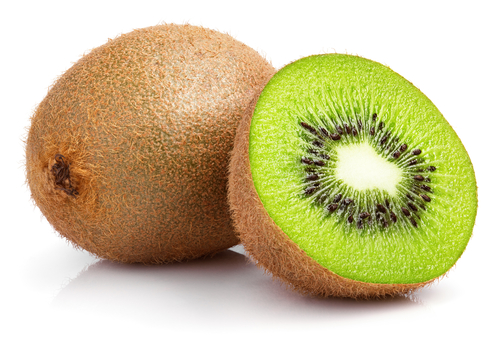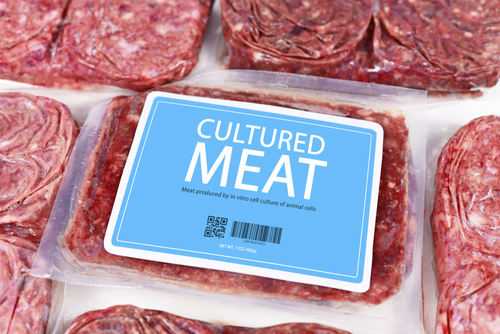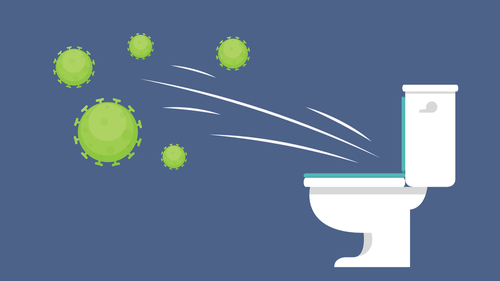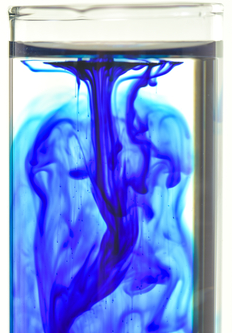Category: Articles





Colorectal Cancer: No Longer a Disease of the Aging…
by Mila McManus, MD During the 2000’s, colorectal cancer declined among people aged 50 and older largely due to an increase in cancer screenings. Colorectal cancer (of the colon and/or rectum) is the third most commonly diagnosed cancer and the third leading cause of cancer deaths for both men and women in the United States. …
Read More


Before you flush……
by Mila McManus, MD A group of engineers from the University of Colorado Boulder used laser lights to expose the otherwise invisible spray that is sent into the air by flushing a toilet with the lid up. It became visibly evident that pathogens from human waste spread up into the air, potentially exposing people to…
Read More

Take Charge of Your Health
We believe in empowering you to be an active participant in your health journey. With our guidance, simple lifestyle adjustments can yield profound results. Let us be the bridge to a healthier, happier you.
SCHEDULE AN APPOINTMENT